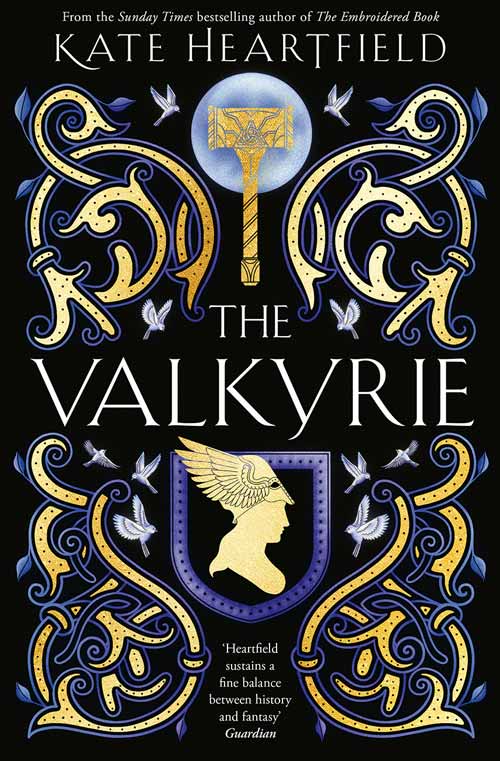The Hudson Collection
New York, 1926. Ornithologist Elsa Reisner is tasked with cataloguing birds donated to the Museum of Natural History by the Van Tessel estate. Within “The Hudson Collection,” Elsa finds a mess of notes and room after room of stuffed birds waiting for her. She must be careful not to overexert herself, however, as a childhood bout with polio has left her with long-term health effects and a noticeable limp. At the estate, Elsa learns about a valuable medieval aviary that’s gone missing. Various Van Tessel family members hope to sell it for profit, even though it’s been willed to the estate gardener’s daughter. Hoping to ensure it goes where intended, Elsa enlists help from a handsome architectural salvage dealer named Luke, who’s also working at the estate. Their hunt reveals hidden rooms and secrets about a nefarious eugenics movement.
Green’s characters struggle with different ailments like PTSD, physical disabilities, and autism. They embody a part of society the eugenics movement would deem “defective.” However, while facing these soul-stirring conflicts and struggles of faith, Green manages to infuse her storyline with so much joy. As the characters develop, mysteries deepen, and tensions mount, readers can’t help but smile at the many heartwarming moments sprinkled around the narrative. Characters face various personal challenges, and everything is given the time and depth needed so that the outcomes are impactful to the story’s themes and satisfying for readers.
The lasting effects of polio were unknown at this time, so as her condition worsens, Elsa fears what the future holds. She’s asked God for healing, but perhaps there’s a better question to be asking. Perhaps…well, to find out, you’ll just have to pick up Green’s On Central Park series to find your own inspiration.










